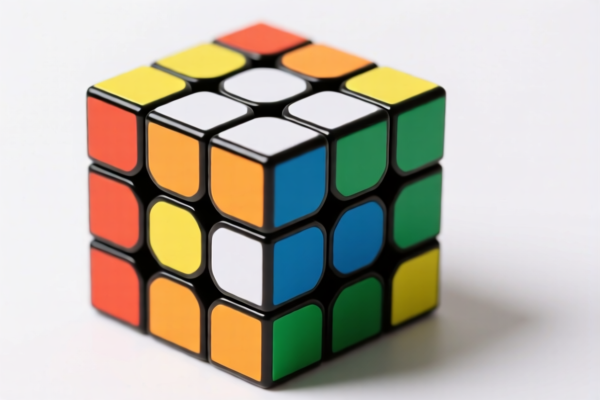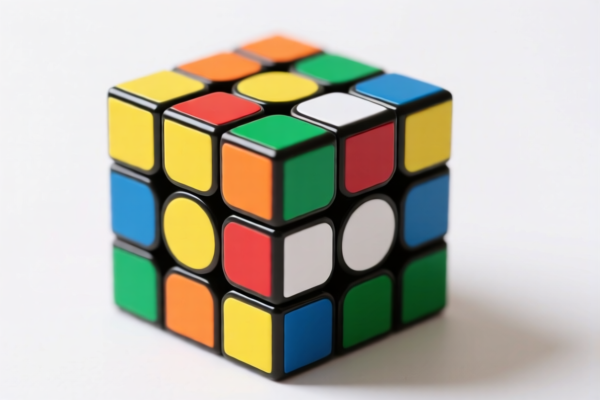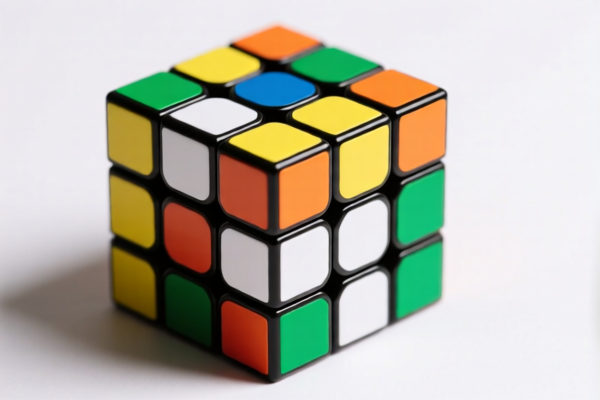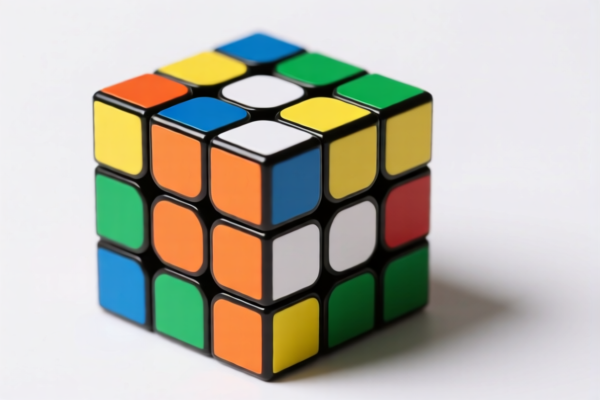| HS Code | Official Doc | Tariff Rate | Origin | Destination | Effective Date |
|---|---|---|---|---|---|
| 9503000071 | Doc | 30.0% | CN | US | 2025-05-12 |
| 9503000073 | Doc | 30.0% | CN | US | 2025-05-12 |
| 9504906000 | Doc | 30.0% | CN | US | 2025-05-12 |
| 3926400010 | Doc | 35.3% | CN | US | 2025-05-12 |
| 3924104000 | Doc | 33.4% | CN | US | 2025-05-12 |
| 3924905650 | Doc | 40.9% | CN | US | 2025-05-12 |




Rubik's Cube
The Rubik's Cube is a three-dimensional combination puzzle originally invented in 1974 by Hungarian sculptor and professor of architecture Ernő Rubik. It is widely considered a classic puzzle toy and is a staple in puzzle culture.
Material
Originally, and most commonly, Rubik's Cubes are constructed from plastic. Typically, acrylonitrile butadiene styrene (ABS) plastic is used for its durability and ability to be molded into precise shapes. Modern cubes also utilize polycarbonate for smoother turning and increased longevity. Internal mechanisms often employ steel cores and spring systems to maintain tension and facilitate rotation.
Purpose
The primary purpose of the Rubik's Cube is to scramble the colors and then restore the cube to its original state, with each face displaying a single, uniform color. This is achieved through a series of rotations and algorithms. It serves as a test of spatial reasoning, problem-solving skills, and memory.
Function
The cube consists of 26 smaller cubes, known as "cubies." These cubies are arranged in a 3x3x3 configuration.
- Center Pieces: These have only one color and define the color of each face. They do not move relative to each other.
- Edge Pieces: These have two colors and reside between corner pieces.
- Corner Pieces: These have three colors and form the corners of the cube.
The cube's mechanism allows each layer to rotate independently, scrambling the position of the cubies. Solving the cube involves a series of algorithms (sequences of rotations) that manipulate these cubies without disrupting previously solved sections.
Usage Scenarios
- Recreational Puzzle Solving: The most common use is as a personal challenge and source of entertainment.
- Speedcubing: A competitive sport where participants attempt to solve the cube as quickly as possible, utilizing memorized algorithms and efficient turning techniques.
- Educational Tool: Used in mathematics and spatial reasoning education to enhance problem-solving skills and logical thinking.
- Brain Training: Employed as a cognitive exercise to improve memory, hand-eye coordination, and focus.
Common Types
- 3x3x3: The standard and most popular Rubik's Cube size.
- 2x2x2 (Pocket Cube): A smaller, simpler version of the cube.
- 4x4x4 (Rubik's Revenge): A more complex cube with more layers.
- 5x5x5 (Professor's Cube): An even more challenging cube with more layers.
- Pyraminx: A tetrahedral puzzle with a different mechanism.
- Megaminx: A dodecahedral puzzle with a different mechanism.
- Skewb: A cube-shaped puzzle that rotates around its corners.
- Shape Mods: Cubes with non-standard shapes, such as the Fisher Cube or Axis Cube, which add complexity through altered geometry.
- Smart Cubes: Cubes with electronic sensors that track movements and can connect to apps for learning and speedcubing analysis.
Rubik's cube falls under the category of puzzles. Based on the provided information, the following HS codes are relevant:
- 9503000071: This HS code covers Tricycles, scooters, pedal cars and similar wheeled toys; dollsʼ carriages; dolls, other toys; reduced-scale (“scaleˮ) models and similar recreational models, working or not; puzzles of all kinds; parts and accessories thereof. Specifically, it applies to “Childrenʼs productsˮ as defined in 15 U.S.C. § 2052: Other: Labeled or determined by importer as intended for use by persons: Under 3 years of age. The tax rate is currently 0.0% basic tariff, 0.0% additional tariff, and will be 30.0% after April 2, 2025.
- 9503000073: This HS code also covers Tricycles, scooters, pedal cars and similar wheeled toys; dollsʼ carriages; dolls, other toys; reduced-scale (“scaleˮ) models and similar recreational models, working or not; puzzles of all kinds; parts and accessories thereof. However, it applies to “Childrenʼs productsˮ as defined in 15 U.S.C. § 2052: Other: Labeled or determined by importer as intended for use by persons: 3 to 12 years of age. The tax rate is currently 0.0% basic tariff, 0.0% additional tariff, and will be 30.0% after April 2, 2025.
Explanation of HS Code Structure (based on provided information):
- 95: Chapter 95 covers Toys, games and sports requisites; parts and accessories thereof.
- 03: Heading 03 within Chapter 95 specifically covers Tricycles, scooters, pedal cars and similar wheeled toys; dollsʼ carriages; dolls, other toys; reduced-scale (“scaleˮ) models and similar recreational models, working or not; puzzles of all kinds; parts and accessories thereof.
- 000071/000073: These are further subdivisions specifying the intended age group for "Children's products" as defined by U.S. law (15 U.S.C. § 2052). The distinction is whether the product is labeled or determined to be for children under 3 years of age (000071) or between 3 and 12 years of age (000073).
Important Note: The applicable tariff rate (30.0%) will take effect after April 2, 2025, for both HS codes. The importer needs to determine the intended age group of the Rubik's cube to select the correct HS code.
Customer Reviews
No reviews yet.